Apetiz | Syrup | 100 ml | 1 pcs
৳ 500.00
Brand Name: Apetiz Oral Suspension
Generic: Megestrol Acetate
200 mg/5 ml
Manufacturer: Aristopharma Ltd.
100 ml bottle: ৳ 500.00
Indications
Therapeutic Class
Pharmacology
Several investigators have reported on the appetite enhancing property of Megestrol Acetate and its possible use in anorexia, cachexia. The precise mechanism by which Megestrol Acetate produces effects in anorexia and cachexia is unknown at the present time but some studies indicate there is a statistically significant negative correlation between the level of pro-inflammatory cytokines such as IL1 IL6 ,TNF with various nutritional parameters and improvement in quality of life and wieght gain.
Plasma concentrations of Megestrol Acetate are dependent, not only on the method used, but also on intestinal and hepatic inactivation of the drug, which may be affected by factors such as intestinal tract motility, intestinal bacteria, antibiotics administered, body weight, diet, and liver function. The effect of food on the bioavailability of Megestrol Acetate Oral Suspension has not been evaluated. The major route of drug elimination in human is urine. The mean elimination half life ranged from 20 to 50 hours in healthy subject.
Dosage & Administration
Interaction
Contraindications
Side Effects
Adverse events which occurred in at least 5% of patients in any arm of the two clinical efficacy trials and the open trial are listed below by treatment group. These adverse events should be considered by the physician when prescribing Megestrol Acetate. Those are- diarrhea, impotence, rash, flatulence, hypertension, asthenia, insomnia, nausea, anaemia, fever, libido decreased, dyspepsia, hyperglycemia, headache, vomiting, pneumonia & urinary frequency.
Adverse events which occurred in 1% to 3% of all patients enrolled in the two clinical efficacy trials with at least one follow-up visit during the first 12 weeks of the study are listed below by body system.
- Body as a Whole: abdominal pain, chest pain, infection, candidiasis and sarcoma
- Cardiovascular System: cardiomyopathy and palpitation
- Digestive System: constipation, dry mouth, hepatomegaly & increased salivation
- Hemic and Lymphatic System: leukopenia
- Metabolic and Nutritional: LDH increased, oedema and peripheral oedema
- Nervous System: paresthesia, confusion, convulsion, depression, neuropathy, hypesthesia and abnormal thinking
- Respiratory System: dyspnea, cough and lung disorder
- Skin and Appendages: alopecia, herpes, pruritus, vesiculobullous rash, sweating and skin disorder
- Urogenital System: albuminuria, urinary incontinence, urinary tract infection and gynecomastia
Pregnancy & Lactation
Precautions & Warnings
Use in Special Populations
Pediatric Use: Safety and effectiveness in pediatric patients have not been established.
Geriatric Use: In general, dose selection for an elderly patient should be cautious, usually starting at the low end of the dosing range, reflecting the greater frequency of decreased hepatic, renal, or cardiac function, and of concomitant disease or other drug therapy.
Overdose Effects
Storage Conditions
| Generic Name | Megestrol Acetate |
|---|---|
| bottle | 100 ml |
Only logged in customers who have purchased this product may leave a review.



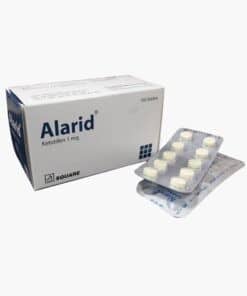
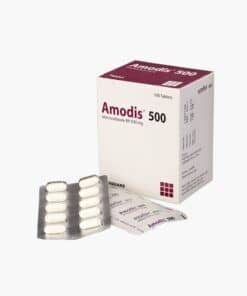

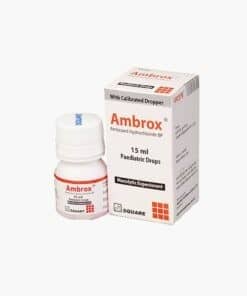
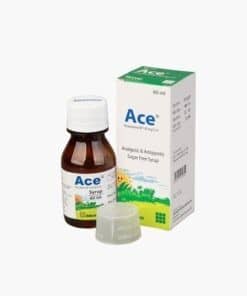

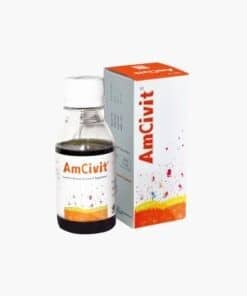
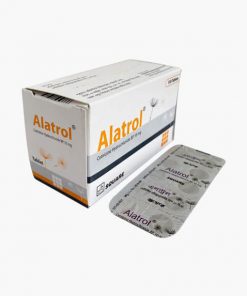
Reviews
There are no reviews yet.